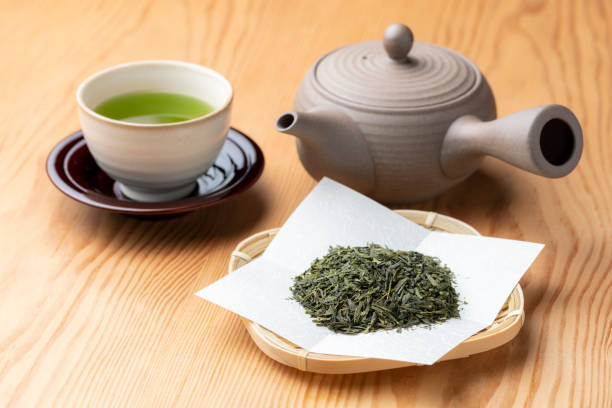Today, I’d like to talk to you about “What Is Sencha?”. Sencha green tea, an esteemed gem in the world of teas, captivates tea enthusiasts with its lively flavor and extensive history. Originating from the abundant tea fields of Japan, Sencha green tea is notable not just for its unique production process but also for its distinct taste and numerous health benefits. This overview delves into the essence of Sencha green tea, providing readers with an engaging and comprehensive introduction.
Sencha green tea, a popular type of Japanese green tea, differs significantly from other types, such as matcha. While matcha is a powdered tea prepared by whisking the powder into hot water, sencha is enjoyed in its loose-leaf form, producing a clear, invigorating infusion. This variation in preparation emphasizes the diverse experiences offered by these teas, each bringing its appeal to tea enthusiasts around the globe.
The history of Sencha green tea can be traced back to the Edo period in Japan. During this time, the method of steaming tea leaves to stop oxidation was developed, setting Sencha apart from other green teas. This quick steaming process, which lasts only about 15 to 20 seconds, preserves the leaves’ vibrant green color and enhances their natural flavors, resulting in a visually appealing and wonderfully aromatic tea.
Understanding the unique steaming process of Sencha green tea is crucial to appreciating its distinctiveness. Unlike the pan-frying method utilized in Chinese green teas, the Japanese steaming technique locks in the tea’s freshness and maintains its vegetable-like, slightly grassy flavor profile. This method also preserves the high levels of catechins and antioxidants found in Sencha, contributing to its diverse health benefits, including improved metabolism, enhanced cognitive function, and a strengthened immune system.
Sencha green tea’s allure lies in its refreshing flavor, profound cultural significance, and rich historical origins. As one savors this exquisite tea, they take part in a centuries-old tradition that embodies the artistry and dedication of Japanese tea cultivation. This introduction to Sencha green tea encourages readers to explore the nuanced flavors, historical context, and unique production techniques that make this tea a beloved choice for many. Whether you are an experienced tea connoisseur or a curious newcomer, Sencha green tea offers a delightful journey into the heart of Japanese tea culture.
Unveiling the History and Production of Sencha
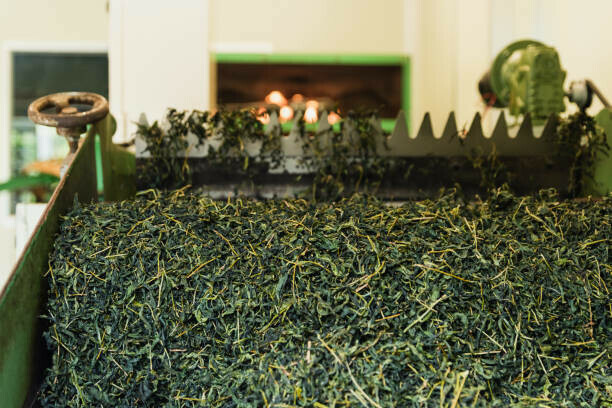
Sencha tea, a crucial part of Japanese customs, has a long history dating back to the 18th century. Nagatani Soen, a tea trader from Uji, Kyoto, is credited with creating it. In 1738, Soen revolutionized tea production by introducing the steaming method, which stopped oxidation and maintained the tea leaves’ vibrant green color and fresh flavor. This unique process distinguished Sencha from other teas, securing its place in the history of Japanese tea.
The location of Sencha tea production significantly influences the tea’s characteristics. In Japan, the northern regions, such as Shizuoka and Uji, are famous for producing high-quality Sencha. The robust and flavorful tea is a product of the cool climate and nutrient-rich volcanic soil. Conversely, the southern regions, like Kagoshima, benefit from a warmer climate, resulting in a milder and sweeter tea. This diversity allows a wide range of Sencha flavors to cater to various preferences.
The harvesting process of Sencha tea is precise and varies throughout the year. The first harvest, known as Shincha or “new tea,” takes place in early spring and is highly valued for its delicate flavor and vibrant green color. Subsequent harvests produce different varieties of Sencha, with the autumn harvest known as Aki Bancha having a more robust and full-bodied flavor. Each harvest period offers a unique taste profile, demonstrating the versatility and depth of Sencha tea.
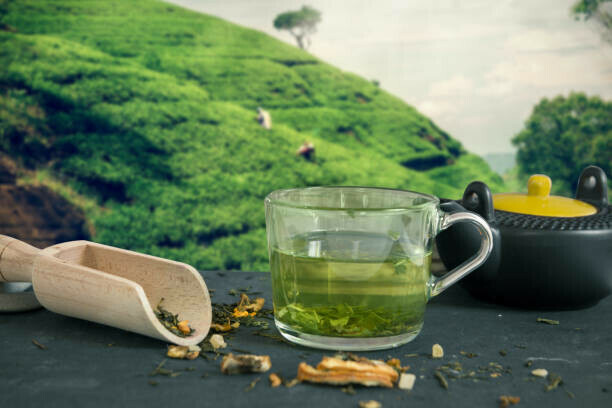
An essential aspect of understanding Sencha is distinguishing between Sencha tea and Bancha. While both are green teas, they differ in harvest time and processing methods. Sencha is typically harvested from the first or second flush of tea leaves, ensuring a fresher and more refined flavor. In contrast, Bancha is made from the later harvests, often incorporating larger, coarser leaves and stems, resulting in a less delicate and more astringent tea. The distinction between Sencha and Bancha emphasizes the diversity within Japanese green teas, providing a unique drinking experience to tea enthusiasts.
The journey of Sencha tea, from its historical roots with Nagatani Soen to its geographical variations and detailed harvest process, showcases the artistry and commitment of Japanese tea cultivation. By understanding the differences between Sencha and Bancha, one can better appreciate the rich range of flavors and customs that define Japanese green tea. Whether you enjoy a cup of delicate Shincha or robust Aki Bancha, Sencha tea encourages you to discover and savor the essence of Japanese tea culture.
Exploring the Benefits and Varieties of Sencha
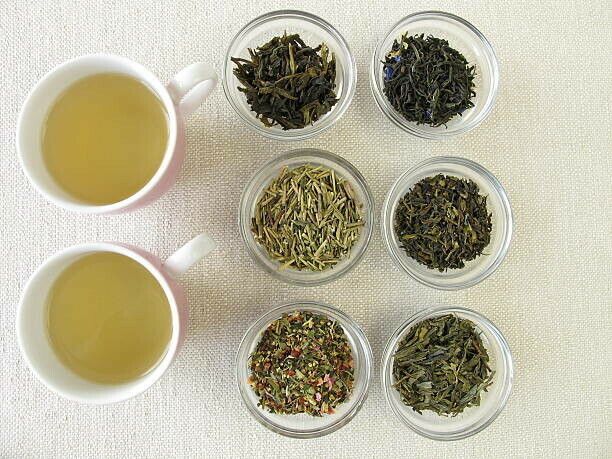
Sencha green tea provides a delicious drink and a wealth of health benefits, a source of revitalizing energy, and an exploration of the wide range of tea types. Its many health benefits make it a go-to choice for health enthusiasts. With its high antioxidant content, particularly catechins, Sencha aids in fighting free radicals in the body, which are responsible for aging and various diseases. Regular consumption of Sencha can enhance immunity, promote heart health, and even assist in weight loss by boosting metabolism. Furthermore, the body’s resistance to common illnesses is further strengthened by its abundant vitamins and minerals, such as Vitamin C, present in high levels.
Sencha offers a well-balanced option for individuals concerned about their caffeine intake. It contains less caffeine than coffee but enough to provide a gentle energy boost without causing jitteriness. This makes it perfect for those needing a mild pick-me-up during the day. The amino acid L-theanine found in Sencha also encourages relaxation and mental clarity, creating a harmonious blend of alertness and calmness.
Sencha comes in various forms, each with its own distinct characteristics. Unshaded Sencha, or “Asamushi,” undergoes light steaming, resulting in a delicate and subtle flavor. Slightly shaded Sencha, or “Chumushi,” undergoes slightly longer steaming, resulting in a more balanced taste with a hint of sweetness. The most unique variant, Kabuse Sencha, is shaded briefly before harvest, intensifying chlorophyll production and enriching the flavor. This shading process gives Kabuse Sencha a deeper green color and a more pronounced umami taste, making it a favorite among tea enthusiasts.
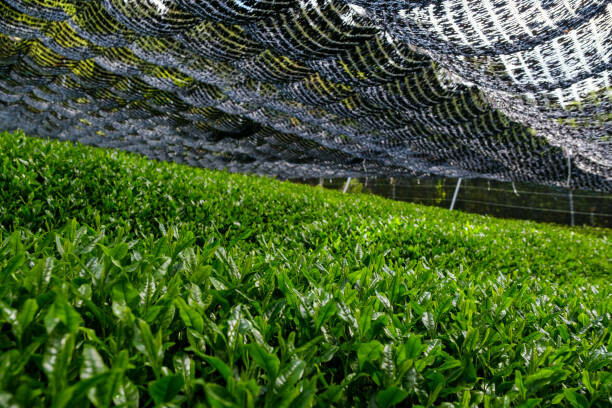
A standard comparison often made in tea is between Gyokuro and Sencha. While both are highly regarded green teas, they differ significantly in cultivation and flavor profiles. Gyokuro, like Kabuse Sencha, undergoes shading but for a longer duration. This extended shading period increases amino acid content, particularly L-theanine, giving Gyokuro a sweeter, more full-bodied flavor and a smoother texture. In contrast, Sencha is more refreshing and vegetal, with a slightly astringent finish. The variation highlights how adaptable Japanese green teas are, appealing to diverse preferences.
Essentially, Sencha green tea is a celebration of well-being and diversity. Its health benefits, moderate caffeine content, and diverse varieties appeal to a broad audience, from casual drinkers to seasoned tea connoisseurs. Whether you appreciate the light and airy flavor of Unshaded Sencha, the balanced taste of Slightly Shaded Sencha, or the rich umami of Kabuse Sencha, there is a Sencha variety for everyone. And for those seeking an even richer flavor experience, Gyokuro offers a luxurious alternative. Exploring Sencha is akin to embarking on a flavorful journey through the heart of Japanese tea culture, one cup at a time.
Sencha Steeping Guide and Flavor Profiles
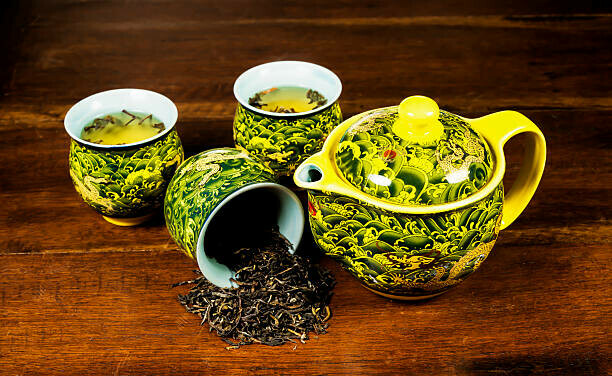
Sencha green tea provides many flavors deeply tied to its complex steaming method. Each steaming level, from Asamushi to Fukamushi, gives the tea leaves a distinct quality. Asamushi, or light steaming, results in leaves that maintain their original shape and create a delicate, slightly grassy taste. On the opposite end, Fukamushi, or deep steaming, breaks down the leaves more, producing a vibrant, strong, and intensely green tea. This intensified steaming process produces a denser brew with a more pronounced flavor and a delightful lingering sweetness.
Preparing the perfect cup of Sencha begins with the correct water temperature and steeping time. Begin by heating water to around 70-80°C (158-176°F). Using boiling water can damage the delicate leaves and produce a bitter flavor. Measure roughly one teaspoon of Sencha leaves per cup and put them in a teapot or a Kyusu, a traditional Japanese teapot. Pour the hot water over the leaves and let them steep for about 1-2 minutes. This brief steeping time is crucial for extracting the optimal flavor without over-extracting the tannins, which can create an overly astringent taste in the tea.
Sencha’s various types offer a variety of flavor profiles to discover. Asamushi Sencha is recognized for its light and unmistakable taste, gentle sweetness, and subtle astringency. Chumushi, or medium-steamed Sencha, balances Asamushi and Fukamushi, offering a harmonious blend of sweetness and astringency. Fukamushi Sencha, deeply steamed, brings out a rich, full-bodied flavor with a distinct sweetness and a deep green color. Each type provides a different experience, encouraging tea enthusiasts to find their preferred flavor.
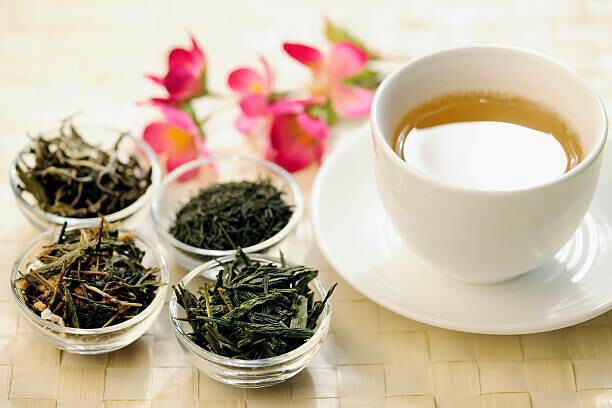
Selecting high-quality Sencha involves searching for vibrant green leaves that are uniform in size. Freshness is essential, so it’s best to buy from reputable sources. Properly storing Sencha helps maintain its flavors. Keep the tea in an airtight container, away from light, moisture, and strong odors. A cool, dark place like a pantry or cupboard is ideal.
Re-steeping Sencha can produce multiple flavorful infusions. For the second steep, reduce the steeping time to about 30 seconds to 1 minute. Subsequent brews might have a lighter taste but still retain the essence of the tea. Each infusion showcases a new aspect of the leaves, allowing you to appreciate the subtle flavor changes with each cup.
Sencha green tea is more than just a beverage; it’s an exploration of taste and tradition. From grasping the intricacies of the steaming process to mastering the art of preparation, Sencha invites you to delve into the delicate and intricate world of Japanese tea. Choosing, storing, and re-steeping the tea correctly guarantees that every cup is a celebration of the skill and rich heritage behind this cherished beverage.
Sencha’s Global Journey and Ensuring Quality
Sencha green tea once enjoyed only in Japan, has now taken the world by storm, captivating tea lovers everywhere. Its surge in popularity is due to its distinct flavor, numerous health advantages, and the increasing focus on wellness practices. As more people adopt the ritual of tea drinking, Sencha has become a common sight in households, cafes, and tea shops worldwide, serving as a staple for anyone in search of refreshment and revitalization.
The modern production of Sencha has incorporated new techniques to improve its quality and accessibility. Advanced technology now complements traditional methods, ensuring consistency and exceptional taste. Precisely controlled steaming processes, automated harvesting, and sophisticated quality checks have enabled the production of Sencha that meets high standards while preserving its authentic essence. These innovations have also facilitated large-scale output without compromising the attention to detail that goes into crafting each batch of tea.
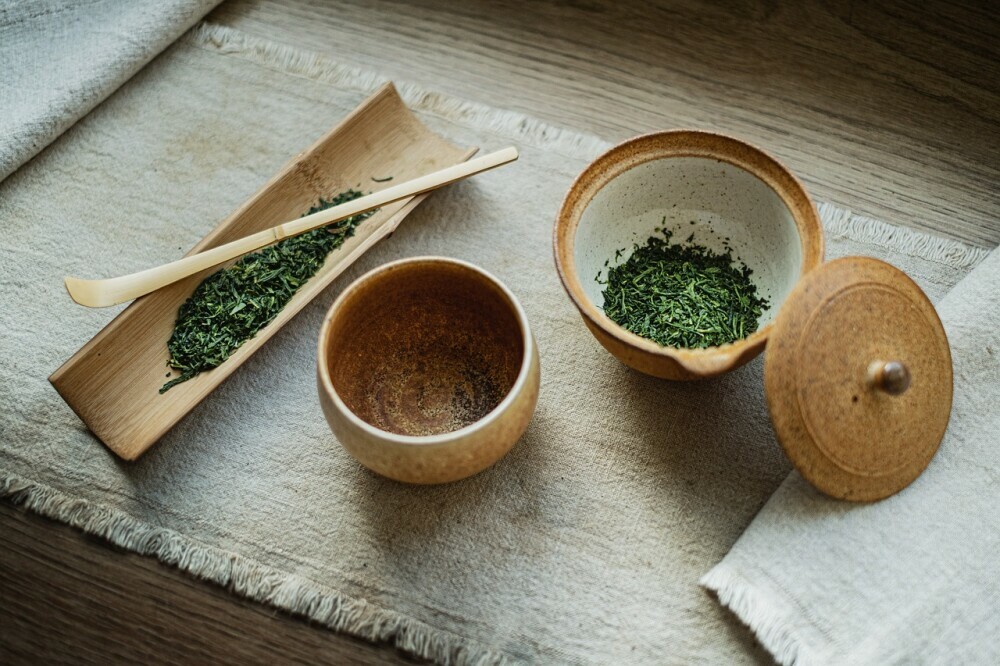
A few essential tips can ensure a superior experience when identifying and purchasing quality Sencha. Firstly, look for vibrant, deep green tea leaves, which signify freshness and proper processing. The leaves should be uniform in size and shape, indicating careful selection and handling. The aroma also plays a vital role; premium Sencha will have a fresh, grassy scent with subtle hints of sweetness. It’s best to avoid teas with a stale smell or lack of fragrance, as these may indicate poor storage or old stock.
Packaging is another critical factor. High-quality Sencha is often packaged in airtight, light-proof containers to maintain freshness. Look for packaging that shields the tea from light, air, and moisture. Purchasing from reputable sources, such as specialized tea shops or trusted online retailers, can also ensure you get genuine, high-quality Sencha. Many suppliers provide detailed information about the origin, harvest time, and processing methods, offering transparency and confidence in your purchase.
Sencha green tea is more than just a beverage; it’s a cultural experience and a link to centuries-old traditions. Each sip provides a taste of Japan’s rich heritage, from the meticulous cultivation of the tea plants to the intricate steaming process that defines its flavor. Drinking Sencha is a moment of mindfulness, a pause in the fast pace of modern life to savor simplicity and elegance. Its journey from the tea fields of Japan to the cups of tea lovers worldwide is a testament to its enduring allure and adaptability.
In conclusion, Sencha green tea perfectly combines tradition and innovation. Its global journey has introduced numerous individuals to the pleasures of this exquisite tea, while modern production methods ensure its quality and accessibility. Whether you are an experienced tea enthusiast or a curious newcomer, Sencha offers a rich, flavorful, and healthful experience beyond mere refreshment, inviting you to explore and appreciate the art of tea.
I would love to receive your comments down below, in case of any.

